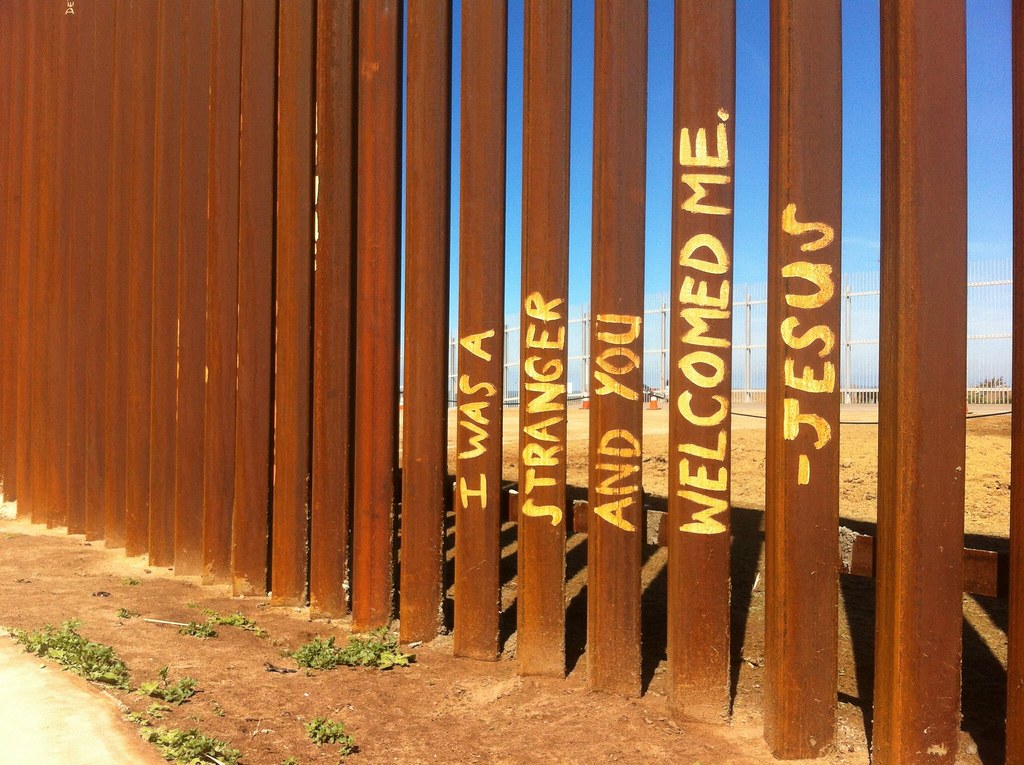Please welcome back, Maxine Naawu, who among many other things, blogs about art, film and photography at Side Hustle Stories and hosts her own artistic work at her website.
Almost every kid the U.S. is familiar with
Sesame Street. This children’s show, begun in 1966, is now a cultural staple. Elmo, Big Bird, and friends are instantly known the world over, and the show is still going strong today.

It is also a very diverse show, and not just because Muppets live among the humans on Sesame Street. Latin@, Black, White, and many other races are among both the main cast of adults and the rotating cast of children. In addition to the diversity of the cast, the songs, animation, and other segments draw from a variety of cultural sources.
This was not done by mistake.
Actually, Sesame Street was originally
created with a focus on educating inner city and low-income families. The creators wanted a show that children could relate to, but also expose them to images they may not experience in the city. Since its creation, Sesame Street has won awards for its conscientious treatment of sensitive subject matter and been lauded for handling topics such as
poverty, HIV-AIDS, divorce, etc. in a thoughtful, inclusive and age appropriate way.

After the enormous success of Sesame Street, most pre-school children’s TV shows follow this same model. These shows tend to have truly “neutral” characters (such as animals or fantasy creatures) and often feature diverse casts. There are also more shows with minorities in major roles, or from cultures other than white, upper middle class suburban America.
The PBS and Nick Jr. shows demonstrate this point well.
Contrast this with the lineup on network television. Currently, there are zero shows with a cast of all minorities on the major television networks, and a few shows with
POCs at all. The few that do, are relegated to minor and/or stereotypical roles.

Even
Glee, which has been celebrated for having a cast that is diverse in gender, race, sexuality and ability, suffers from these problems: frequently, in its marketing only the white, straight, and traditionally-abled characters
are featured.
I don’t understand why POC are continually erased from network television. We can see from children’s programming that it is possible for
The Powers That Be to produce diverse television that also makes money – even with shows that *gasp* only feature POCs.
These kids shows are popular and watched by everyone, not just by POCs. I have seen children of all races wearing
Dora The Explorer backpacks. Shows aimed at children (up to ~grade-school ages), come really close to the landscape of television that I would love to see in shows aimed at adults.
Yet for adults, shows with all people of color either don't exist or are dismissed by whites as something they wouldn’t be interested in. All white casts are considered neutral and “normal”, anything else is taking a chance.
Why does this matter? Television influences how we think about people and the world. Television is depicted as a reflection of our society. It is hurtful to me as a person of color to be constantly ignored, or inaccurately portrayed in what is supposed to be “my” culture too.

Our monochrome media landscape also impacts white people. It is harmful for those in the majority to be presented with a skewed perception of society that shows people of color as all the same, or as irrelevant and invisible. Yes, there are more white people than those of color in the U.S., and television executives are going to cater to that audience. But from looking at children’s television, shows that appeal to the majority do not have to eliminate people of color, or put them in one-dimensional roles.

There are a lot of actors, writers, and directors of color who are not getting work, and whose views are getting silenced due to the absence of these shows on TV. We all lose when only one point of view is shown on TV. I mean, how many shows about a quirky white couple in the suburbs do we need?
Lately, I don’t watch very much television. Thanks to the internet, I’m able to supplement the few network shows I watch with entertainment that makes it a point to include people like me, like
Awkward Black Girl and the podcasts at
BcCo Studios. I support network television that attempts to be inclusive, and turn off my TV for the rest. Will this help us get to Sesame Street? I don’t know, but it’s worth a try.




